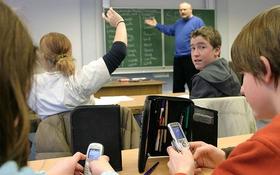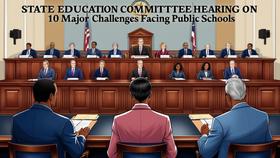Diboll Primary serves 133 students in grades Prekindergarten.
The student:teacher ratio of 12:1 was lower than the Texas state level of 14:1.
Minority enrollment was 75% of the student body (majority Hispanic), which was equal to the Texas state average of 75% (majority Hispanic).
Top Rankings
Diboll Primary ranks among the top 20% of public schools in Texas for:
Category
Attribute
Diversity
Community Size
Student Attention
School Overview
Grades Offered
Grades Prekindergarten
Total Students
133 students
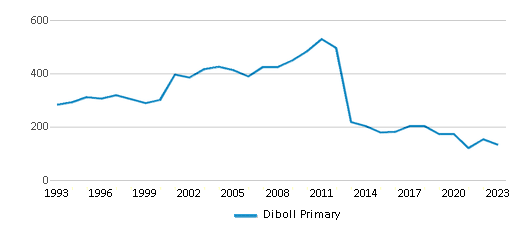
Gender %
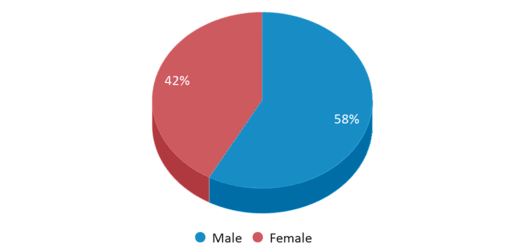
Total Classroom Teachers
11 teachers
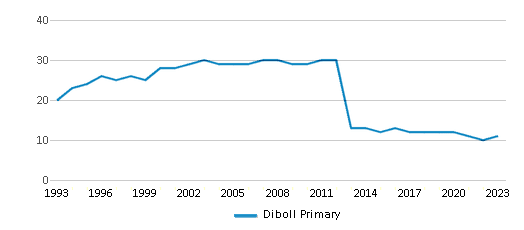
School Rankings
Student : Teacher Ratio
12:1
14:1
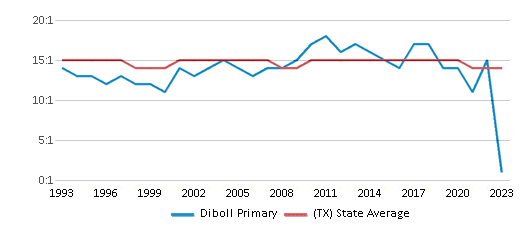
American Indian
n/a
n/a
Asian
n/a
6%
Hispanic
49%
53%
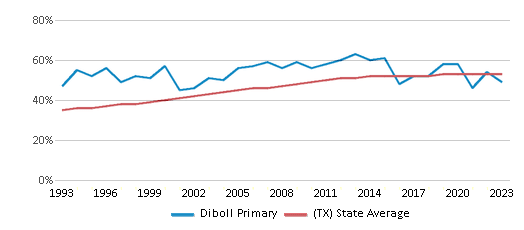
Black
22%
13%
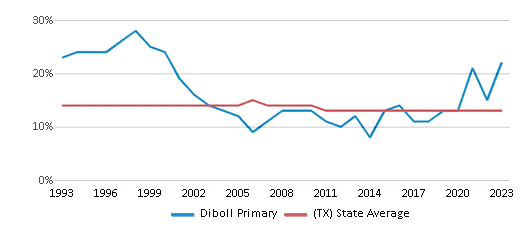
White
25%
25%
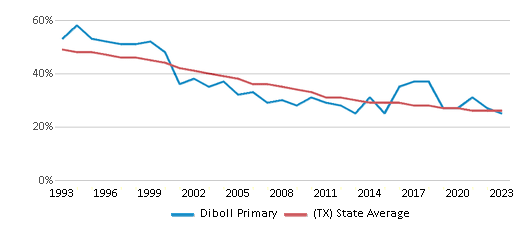
Hawaiian
n/a
n/a
Two or more races
4%
3%
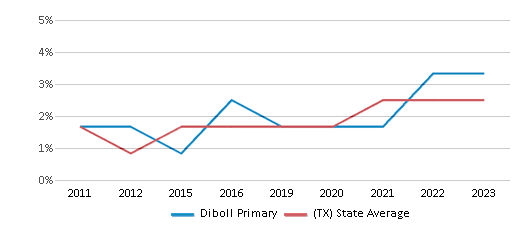
All Ethnic Groups
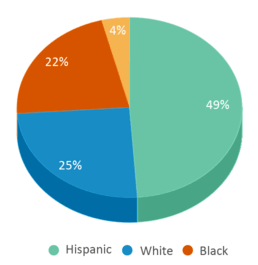
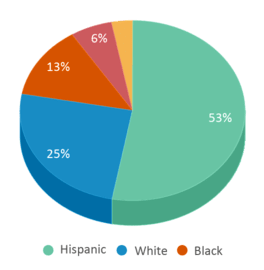
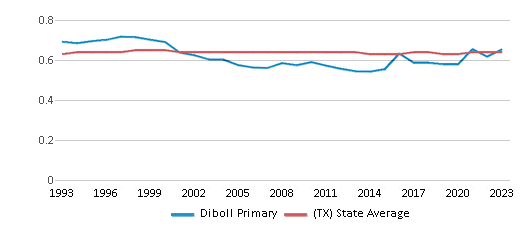
Participates in the National School Lunch Program (NSLP)
Yes
Eligible for Free Lunch
76%
57%
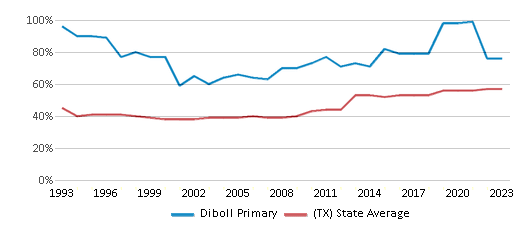
Eligible for Reduced Lunch
9%
5%
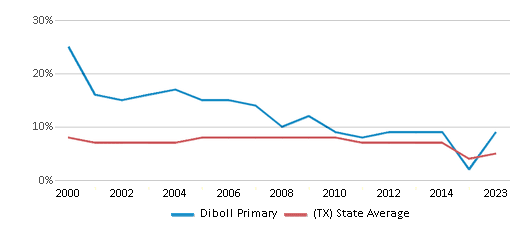
School Statewide Testing
School District Name
Source: National Center for Education Statistics (NCES), TX Dept. of Education
Frequently Asked Questions
How many students attend Diboll Primary?
133 students attend Diboll Primary.
What is the racial composition of the student body?
49% of Diboll Primary students are Hispanic, 25% of students are White, 22% of students are Black, and 4% of students are Two or more races.
What is the student:teacher ratio of Diboll Primary?
Diboll Primary has a student ration of 12:1, which is lower than the Texas state average of 14:1.
What grades does Diboll Primary offer ?
Diboll Primary offers enrollment in grades Prekindergarten
What school district is Diboll Primary part of?
Diboll Primary is part of Diboll Independent School District.
Recent Articles

What Is A Charter School?
Explore the world of charter schools in this comprehensive guide. Learn about their history, how they operate, and the pros and cons of this educational innovation. Discover key facts about charter schools, including admission policies, demographics, and funding, as well as what to look for when considering a charter school for your child.

10 Reasons Why High School Sports Benefit Students
Discover the 10 compelling reasons why high school sports are beneficial for students. This comprehensive article explores how athletics enhance academic performance, foster personal growth, and develop crucial life skills. From improved fitness and time management to leadership development and community representation, learn why participating in high school sports can be a game-changer for students' overall success and well-being.

February 05, 2025
Understanding the U.S. Department of Education: Structure, Impact, and EvolutionWe explore how the Department of Education shapes American education, from its cabinet-level leadership to its impact on millions of students, written for general audiences seeking clarity on this vital institution.




